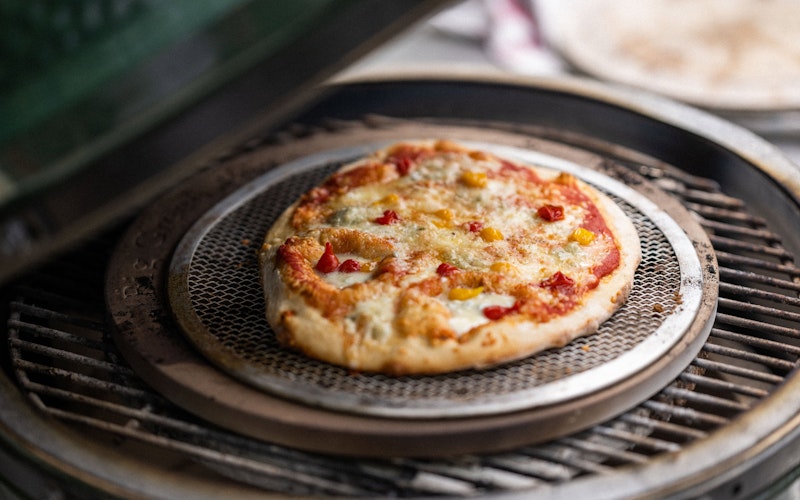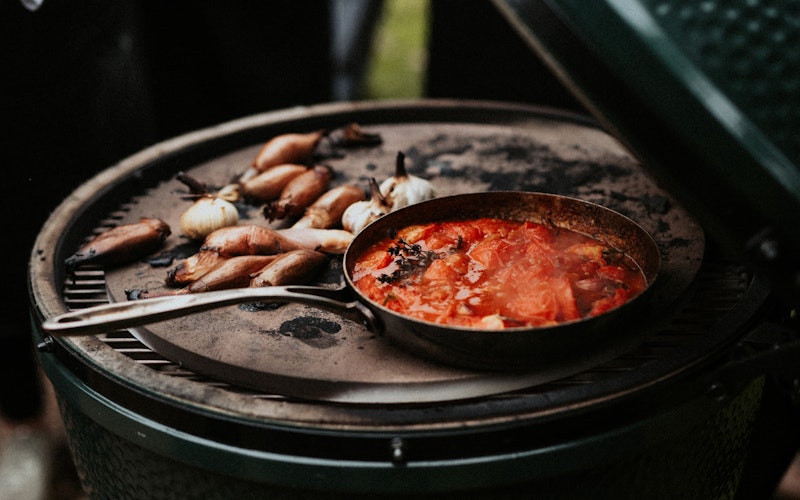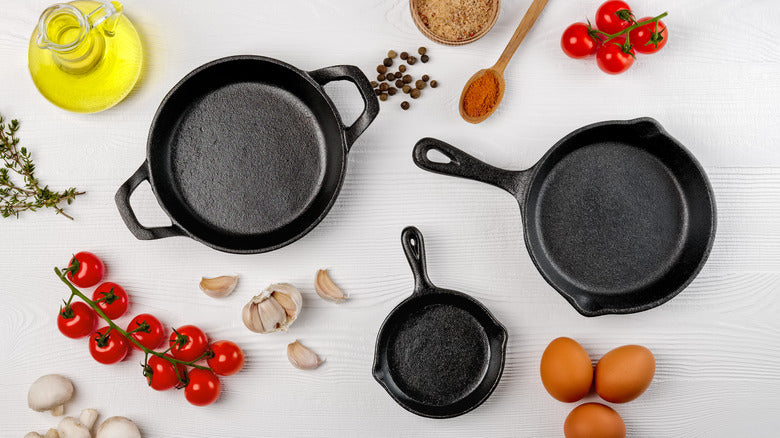If you're a kitchen professional, you're always looking for ways to elevate your culinary techniques and impress your clientele. One timeless method that offers both flavor and an artistic touch is baking flatbread on stone. This ancient practice is not only steeped in tradition but also enhances the texture and aroma of your creations, making every bite a delightful experience.
The idea of baking flatbread on stone may seem simple, but mastering this method can set you apart in the culinary world. The unique qualities imparted by the stone give your flatbreads the perfect balance of flavor and texture. This is why many experts prefer this technique over conventional baking methods.
:max_bytes(150000):strip_icc()/pizza-stone-testing-winners-the-original-baking-steel-wdickey-7-63-0eab155b17994dcc94fe89c908bab57d.jpg)
Why Bake Flatbread on a Stone?
The choice to use a stone for baking comes down to the impact it has on the baking process. Stones, whether made from clay, ceramic, or more modern materials, offer an even and consistent heat distribution. This is critical for achieving that sought-after crispy exterior while maintaining a soft and chewy interior. A baking stone absorbs moisture and prevents the bottom of the flatbread from getting soggy, offering an optimum baking environment.
Kitchen professionals understand that small details can make a big difference in a dish. When you use a stone, you're enabling a more authentic and rustic touch to your flatbread. The stone's porous nature allows moisture to escape, ensuring a crisp and delectable crust, reminiscent of ancient baking techniques.
Choosing the Right Baking Stone
Not all stones are created equal. Materials range from traditional clay to modern composites. Each material contributes different qualities to your cooking. For example, clay stones, like those discussed in this comprehensive guide, offer excellent heat retention, whereas steel stones heat up quicker and can give a more consistent result under certain conditions.
Ultimately, the choice of stone depends on your personal cooking style and the specific needs of your kitchen. Some professionals swear by the flavor developed using clay stones, while others prefer the rapid heating of steel or composite materials for the time efficiency it offers.
How to Use a Baking Stone
Before diving into baking, its crucial to prepare your stone properly. Start by preheating your oven with the stone inside. This step is pivotal, as a well-heated stone provides that initial burst of heat needed to create the perfect crisp texture. Aim for a temperature around 475F (245C), as recommended in our beginners guide to baking stones.
Placing the Flatbread
Once preheated, use a peel (a flat, shovel-like tool) to slide the flatbread onto the stone. Its crucial to allow minimal disturbance during this phase to preserve the heat retained within the stone.
Monitoring and Timing
Keep a close eye on the color of your flatbread. The baking stone can create quick changes, providing you with a wonderful crispy crust in minutes. This quick baking time is beneficial for bringing out flavors that might be lost during a slower bake process, as further explained in the tutorial on optimal baking times.
Common Mistakes and Solutions
Even seasoned chefs can sometimes encounter issues when using a baking stone. One common mistake is not preheating the stone long enough. Without proper heat, the baking process might yield a less than desirable texture. Also, avoid placing cold ingredients directly onto the stone as the temperature shock can cause cracking.
If you're dealing with a stubborn residue or sticky mess post-bake, cleaning your stone can be simple with the right approach. A detailed cleaning process is available in our deodorizing guide, ensuring that your stone remains a trusty kitchen companion for years to come.

FAQs
What kind of stone is best for baking flatbread?
Your choice should depend on your needs; clay stones for flavor, steel for speed.
Can I use a baking stone on the grill?
Yes, baking stones can offer excellent results even on a grill, though temperature control is crucial.
How do I prevent my flatbread from sticking?
Ensure your stone is well-preheated, and dust your peel or the bottom of your dough lightly with flour or cornmeal.
This article contains affiliate links. We may earn a commission at no extra cost to you.






Leave a comment
This site is protected by hCaptcha and the hCaptcha Privacy Policy and Terms of Service apply.